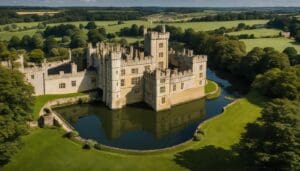London Attractions – National Theatre – London
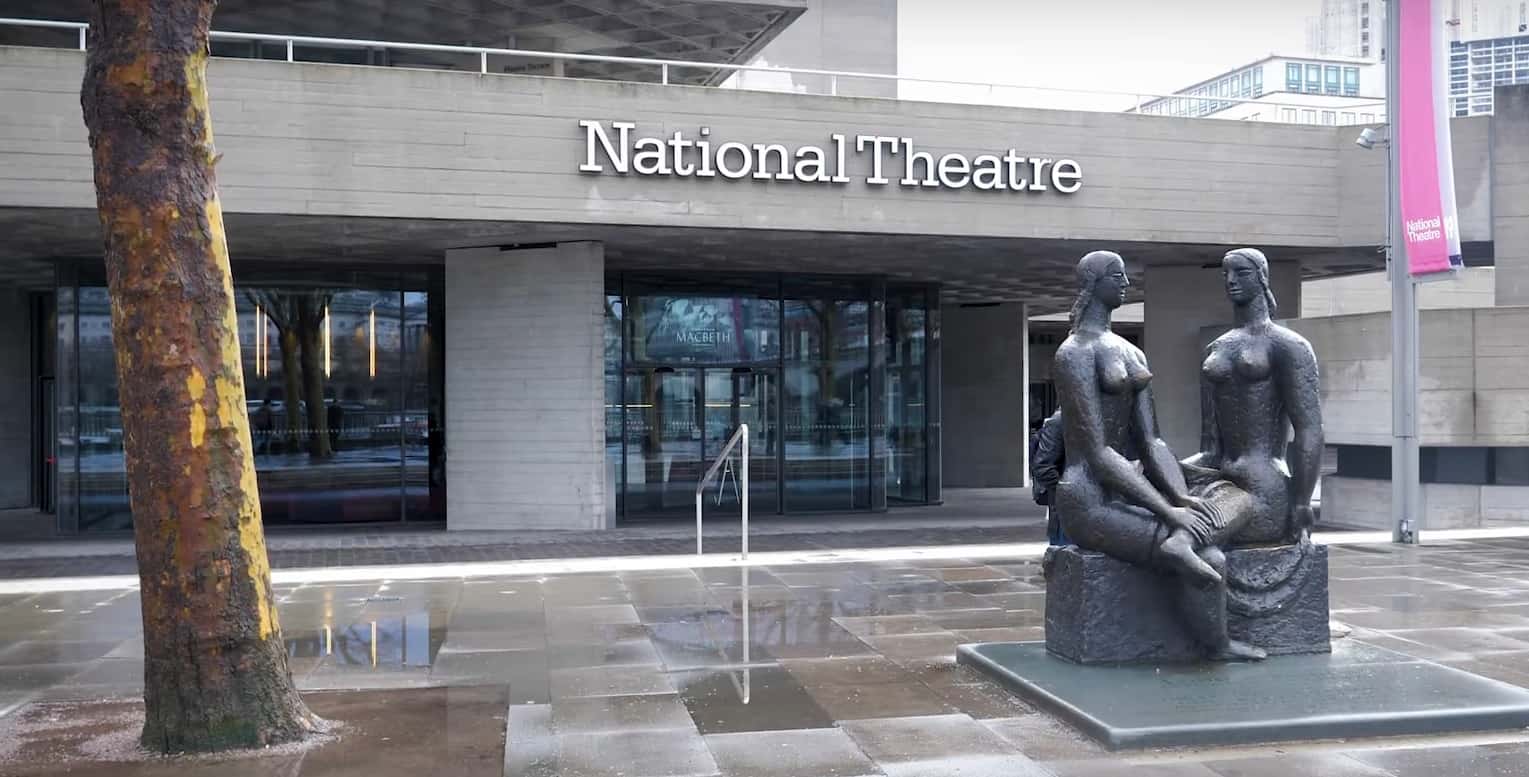
Updated On: April 16, 2024 by Asmaa Alhashimy
London is a city entire of endless things that you can do, from visiting all the popular attractions to dining in some of the best restaurants. But catching a theatre performance is one thing you should be missing out on while in London. There’s no place like the National Theatre that provides people with various incredible shows throughout the year. So make sure you add it to your list of places to visit while in London.
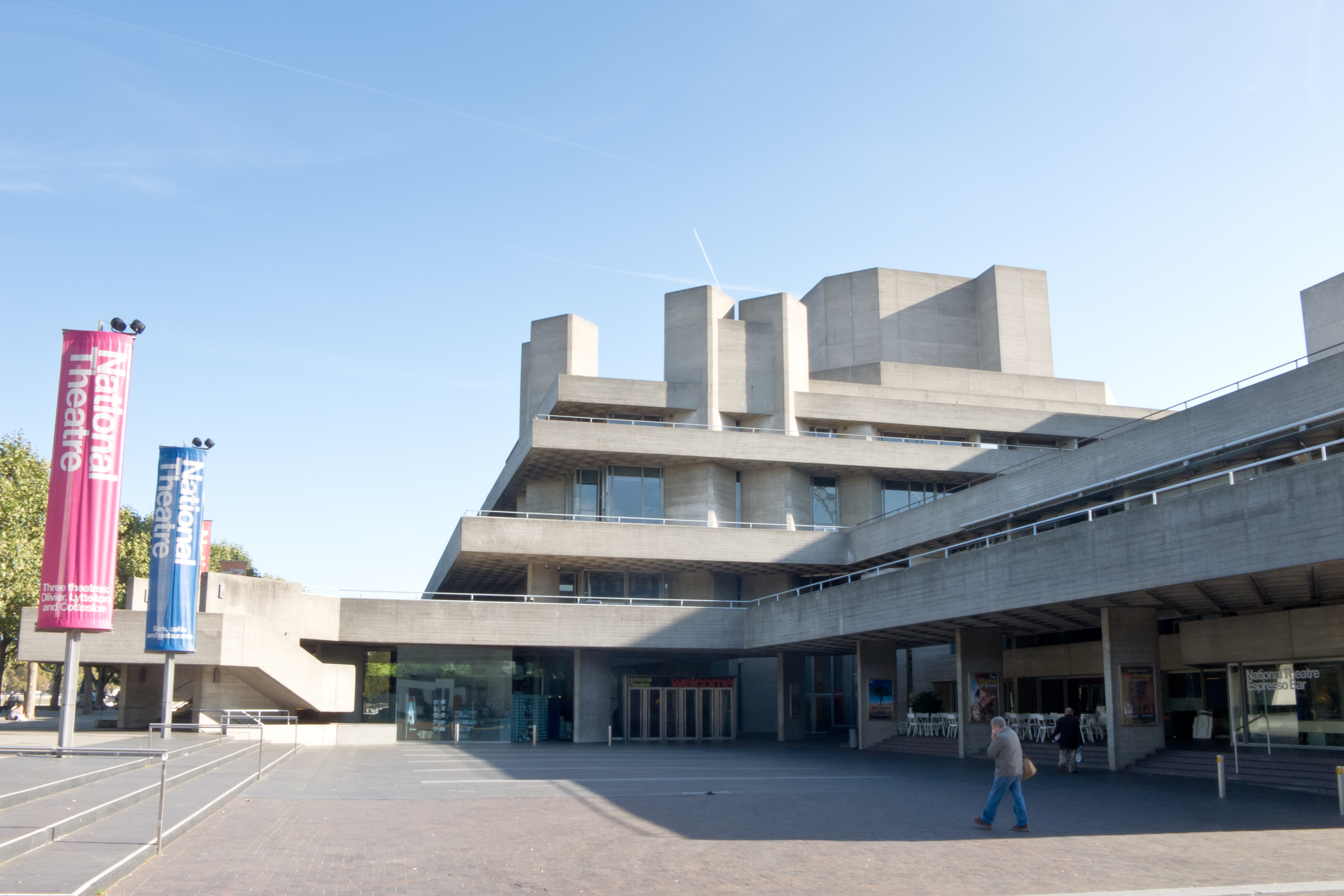
Table of Contents
History of the National Theatre
This theatre company has been around for over five decades, with its first opening of the famous Shakespeare play ‘Hamlet’ in 1963. Since then, it has produced over 800 amazingly brilliant plays that people keep returning for more. The company resided in the Old Vic Theatre for thirteen years until its new location was built. Finally, in 1976, they moved into the National Theatre Building, which the Queen opened. Sir Denys Lasdun and Peter Softley designed the theatre. Since then, the national building has been home to over twenty new and exciting productions.
The theatre has become an internationally renowned performing arts centre with three auditoriums. The three auditoriums are the Olivier, The Lyttelton and the Dorfman Theatre. There is also a rehearsal area and an area for workshops. Each auditorium can run three different productions at one time, which means there is always something worthwhile to see.

Engaging Education and Outreach
The National Theatre is not just a place for professional artists; it’s also a hub for learning and creativity. Its education department offers various workshops, courses, and resources for people of all ages and backgrounds. From introductory acting classes to in-depth seminars on playwriting and directing, there’s something for everyone at the National Theatre.
In addition to its educational programs, the National Theatre is committed to making theatre accessible to all. It offers discounted tickets for students, seniors, and underprivileged communities, as well as audio-described and captioned performances for patrons with disabilities. The National Theatre’s commitment to inclusivity and diversity ensures that everyone can experience the transformative power of live theatre.
World-Class Productions
One of the National Theatre’s defining features is its commitment to producing high-quality theatre that challenges, inspires, and entertains audiences. The National Theatre’s repertoire is diverse and eclectic, from classic Shakespearean dramas to cutting-edge contemporary works.
With its grand scale and technical capabilities, the Olivier Theatre is the perfect venue for epic productions such as “War Horse” and “Angels in America.” Meanwhile, the Lyttelton Theatre hosts various plays, from intimate dramas to large-scale musicals.
In addition to its mainstage productions, the National Theatre is also known for its groundbreaking NT Live initiative, which broadcasts live performances to cinemas worldwide. This innovative program allows audiences from all corners of the globe to experience the magic of London theatre without leaving their hometowns.
Olivier Theatre
This is one of the most well-known and popular theatres in the National building. It was named after Laurence Olivier, the first artistic director of the National Theatre. When they started designing the space, the idea was to make it look similar to the theatre at Epidaurus in Greece.
The stage at the Olivier Theatre is famous as it can be split into two parts that allow for scenic changes during production. This is known as the Drum-Revolve, an idea that first came to light in the 1970’s. Out of the three theatres, the Olivier Theatre is the largest. It offers two seating levels designed to provide each visitor with great views of the stage. It can hold up to 1,550 people at one time.
Lyttelton Theatre
This is the second largest theatre located within the National Theatre building. The theatre is named after Oliver Lyttelton, the first board of chairman at this performing arts venue. Its design comes from a ‘traditional proscenium arch’ typical feature in many theatres.
The proscenium arch can be adjusted to create various stage spaces and an area for an orchestra pit. At this theatre, there are no seats with restricted views; again, like the Olivier Theatre, it offers two levels of seating. It may be smaller than many West End theatres, but this allows for more intimate performances.
Dorfman Theatre
This theatre is the smallest out of three found in the National Theatre building. Dorfman Theatre has seen some redevelopment, allowing more people to enjoy performances with more comfortable seats and better sightlines. But it can still only hold up to 450 people at one time.
The stage offers flexibility, which means the seating arrangement is constantly changing to fit different productions’ needs. It also provides a foyer where visitors can relax before and after performances. The foyer also looks over at some of the backstage workshops. The Dorfman Theatre was named after Lloyd Dorfman, a National Theatre board member.
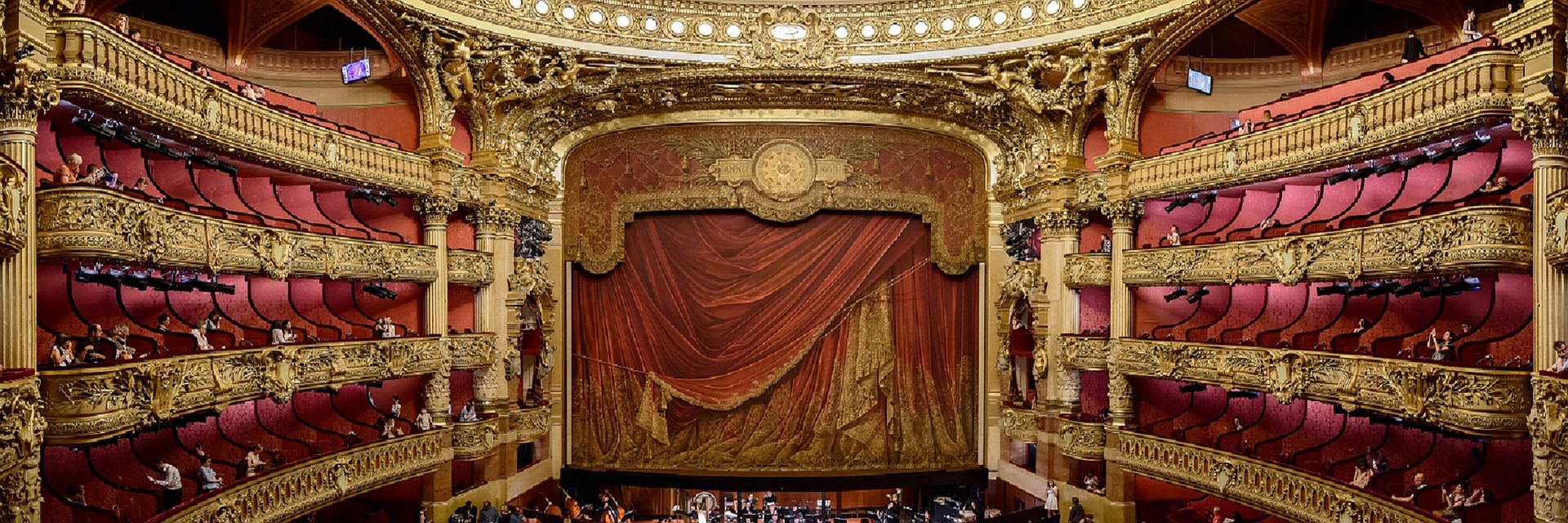
Art Performances, Workshops and More
A trip to the National Theatre will be a treat for art lovers and those who love theatrical performances. You can check out and enjoy many great and unmissable shows. From comedies, tragedies, musical theatre and much more to suit whatever you want. Some many different workshops and events take place here that are worth checking out.
If you’re interested in learning about theatre performances and what’s involved in productions, this theatre offers many opportunities to learn and gain skills. Make sure you check out their website to find out more about this and getting yourself involved.
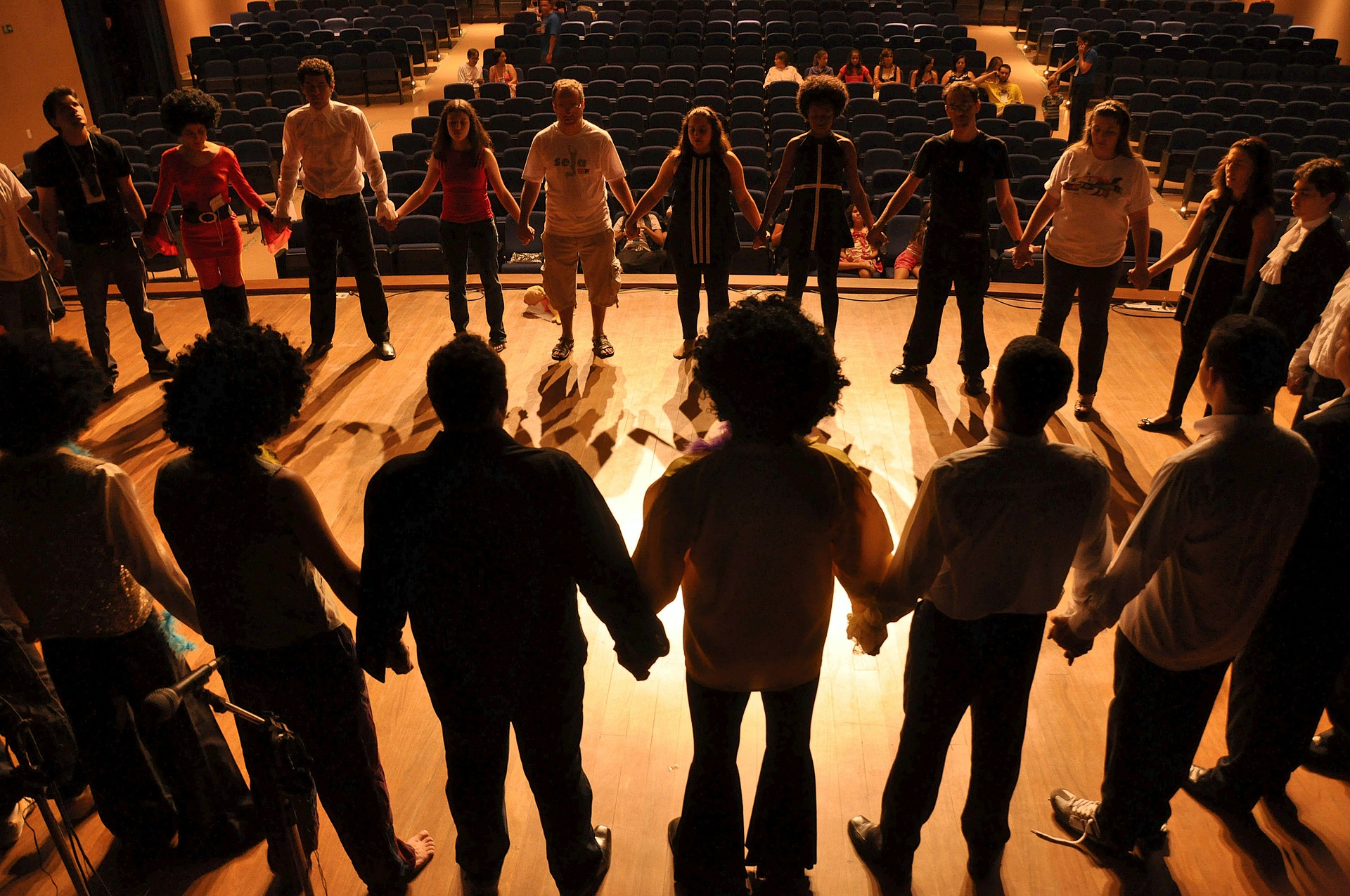
Macbeth National Theatre
One of the most popular performances was the Shakespeare classic ‘Macbeth’, which was highly acclaimed. It was broadcast live to cinemas by the National Theatre. In September 2018, The Macbeth production embarked on a tour around the United Kingdom and Ireland. The theatre also put on a variety of events and workshops surrounding Macbeth, which were also a hit with people.
Behind the Scenes
While the spotlight may shine brightest on the performers gracing its stages, the National Theatre is also home to a team of dedicated professionals working tirelessly behind the scenes to bring each production to life. From directors and designers to stage managers and technicians, the theatre employs diverse talent, all united by their passion for creating world-class theatre.
Behind the scenes, a whirlwind of activity unfolds; assets are constructed, costumes are tailored, and lighting cues are meticulously rehearsed. Every aspect of production is carefully orchestrated to ensure a seamless and immersive theatrical experience for audiences, from the moment the curtain rises to the final bow.
Planning Your Visit
If you’re planning a trip to London and hoping to experience the magic of the National Theatre, there are a few things to remember. Firstly, booking your tickets well in advance is advisable, especially for popular productions, as performances often sell out quickly. Additionally, be sure to check the theatre’s website for information on upcoming productions, performance schedules, and ticket prices.
The National Theatre is easily accessible by public transport, with several bus routes serving the area and nearby Waterloo Station providing connections to the London Underground and national rail services. If you’re driving, several car parks are nearby, although spaces may be limited during peak times.
Before or after the show, explore the vibrant South Bank area, home to various cultural attractions, restaurants, and bars. From the iconic London Eye to the bustling Borough Market, there is plenty to see and do within walking distance of the National Theatre.
Exploring the South Bank
Located in the heart of London’s vibrant South Bank, the National Theatre is surrounded by many cultural attractions and scenic vistas. Visitors can stroll along the riverside promenade, taking in iconic landmarks such as the London Eye, the Tate Modern, and Shakespeare’s Globe Theatre.
For those looking to indulge in a spot of retail therapy or enjoy a leisurely meal, the nearby Southbank Centre offers many shops, cafes, and restaurants to suit every taste and budget. Meanwhile, art enthusiasts can explore the eclectic exhibitions at the Hayward Gallery or catch a performance at the Royal Festival Hall, ensuring there is always something new and exciting to discover.
National Theatre Opening Times
The national theatre is open throughout the year from Mondays to Saturdays from 9.30 am until 11 pm. (* Except for Bank Holidays) Make sure to check their website for more details. The theatre is located on the south bank of Covent Gardens, the West End and Waterloo. The actual address of the theatre is National Theatre, Upper Ground, South Bank, London SE1 9PX.
Conclusion
The National Theatre is more than just a venue; it’s a cultural institution that embodies the spirit of creativity, innovation, and artistic excellence. Whether a theatre fan or a first-time visitor, a trip to the National Theatre will surely be an unforgettable experience; from its world-class productions to engaging educational programs and stunning architecture, the National Theatre continues to inspire and enchant audiences worldwide, ensuring that London remains a vibrant hub of theatrical activity for generations to come.
Have you ever been to the National Theatre? Have you seen a memorable performance? Then we would love to hear your experiences 🙂
Also, check out some of our other blogs that might interest you: The National Gallery, Things to do in South Bank, Trafalgar Square, British Film Institute, The Tate Modern, Natural History Museum.



